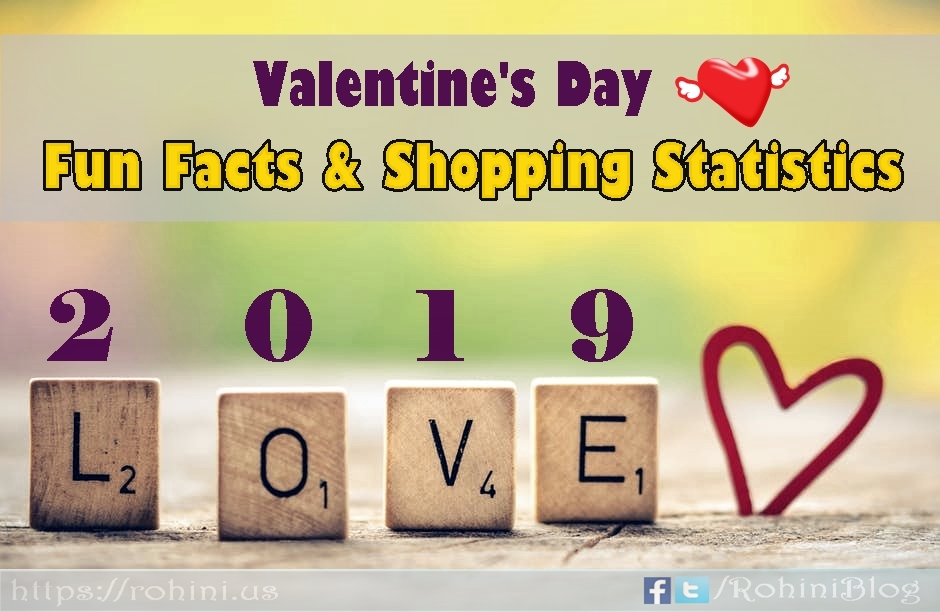Valentine’s Day or Saint Valentine’s Day is a holiday celebrated on February 14 by many people throughout the world by exchanging candy, flowers, and gifts between loved ones. The day is most closely associated with the mutual exchange of love notes in the form of “valentines.”
Modern Valentine symbols include the heart-shaped outline, doves, and the figure of the winged Cupid. Since the 19th century, handwritten notes have largely given way to mass-produced greeting cards.
The sending of Valentines was a fashion in nineteenth-century Great Britain, and, in 1847, Esther Howland developed a successful business in her Worcester, Massachusetts home with hand-made Valentine cards based on British models. The popularity of Valentine cards in 19th-century America was a harbinger of the future commercialization of holidays in the United States.
History of Valentine’s Day
One legend contends that Valentine was a priest who served during the third century in Rome. When Emperor Claudius II decided that single men made better soldiers than those with wives and families, he outlawed marriage for young men — his crop of potential soldiers. Valentine, realizing the injustice of the decree, defied Claudius and continued to perform marriages for young lovers in secret. When Valentine’s actions were discovered, Claudius ordered that he be put to death.
Other stories suggest that Valentine may have been killed for attempting to help Christians escape harsh Roman prisons where they were often beaten and tortured.
According to one legend, Valentine actually sent the first ‘valentine’ greeting himself. While in prison, it is believed that Valentine fell in love with a young girl — who may have been his jailor’s daughter — who visited him during his confinement. Before his death, it is alleged that he wrote her a letter, which he signed ‘From your Valentine,’ an expression that is still in use today. Although the truth behind the Valentine legends is murky, the stories certainly emphasize his appeal as a sympathetic, heroic, and, most importantly, romantic figure. It’s no surprise that by the Middle Ages, Valentine was one of the most popular saints in England and France.
While some believe that Valentine’s Day is celebrated in the middle of February to commemorate the anniversary of Valentine’s death or burial — which probably occurred around 270 A.D — others claim that the Christian church may have decided to celebrate Valentine’s feast day in the middle of February in an effort to ‘christianize’ celebrations of the pagan Lupercalia festival. In ancient Rome, February was the official beginning of spring and was considered a time for purification. Houses were ritually cleansed by sweeping them out and then sprinkling salt and a type of wheat called spelt throughout their interiors. Lupercalia, which began at the ides of February, February 15, was a fertility festival dedicated to Faunus, the Roman god of agriculture, as well as to the Roman founders Romulus and Remus.
The Spending Statistics of Valentine’s Day 2019
> This year, US Valentine’s Day gift-givers will spend a record-breaking $20.7 billion, according to the National Retail Federation (NRF).
> The average expected spending is around $161.96, increased from last year spend of $143.56
> 51 % of Americans are going to celebrate Valentine’s Day in 2019, dropped from 55% of 2018
> Those ages 35 to 44 will be the biggest valentine spenders, at $279, followed by 25- to 34-year-olds, who will spend $239.
> Younger millennials (those ages 23 to 29) and Gen Xers lead spending, expecting to average $267 per person on holiday purchases, according to survey from Bankrate
> Nearly one-fifth (18%) of younger millennial respondents expect their partner to spend $200 to $500 on gifts
> A November 2018 survey from Finder found that consumers will spend roughly $236 on themselves this Valentine’s Day—more than triple last year’s $71.
> As far as the spending battle between the sexes, average expected spend of male is $229.54 while average expected spend of females in 2019 is $99.77
Here’s what singles do on Valentine’s Day
Don’t worry, you are not alone. In fact there are ways to celebrate along by treating yourself, purchase “ant-valentine’s day” gifts and plan a get-together with other single valentines.

2019: Percent purchasing by gift category
| Gift Category | Men | Women |
| Candy | 48% | 57% |
| Flowers | 55% | 17% |
| Jewelry | 26% | 9% |
| Greeting cards | 38% | 48% |
| An evening out | 37% | 31% |
| Clothing | 15% | 21% |
| Gift card/gift certificate | 12% | 17% |



